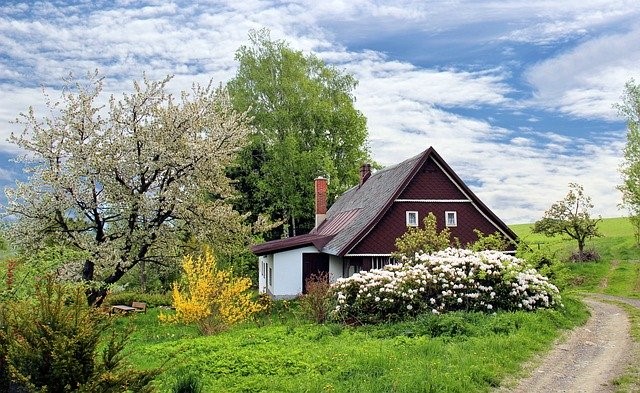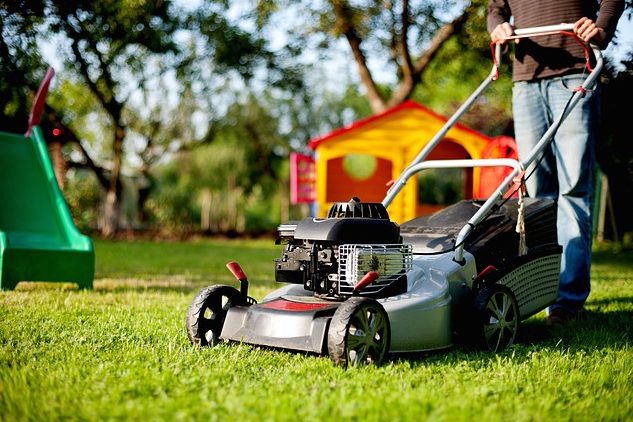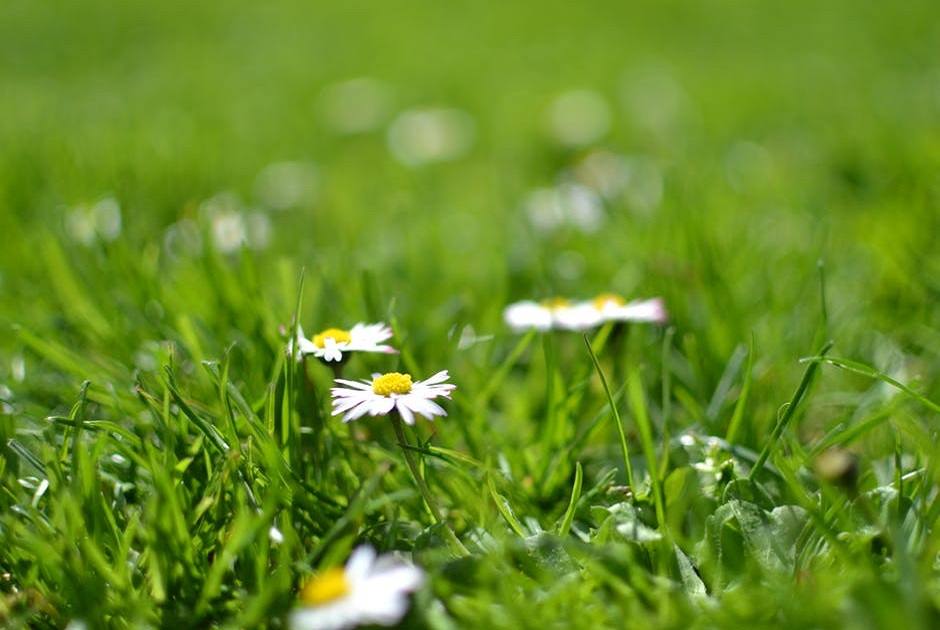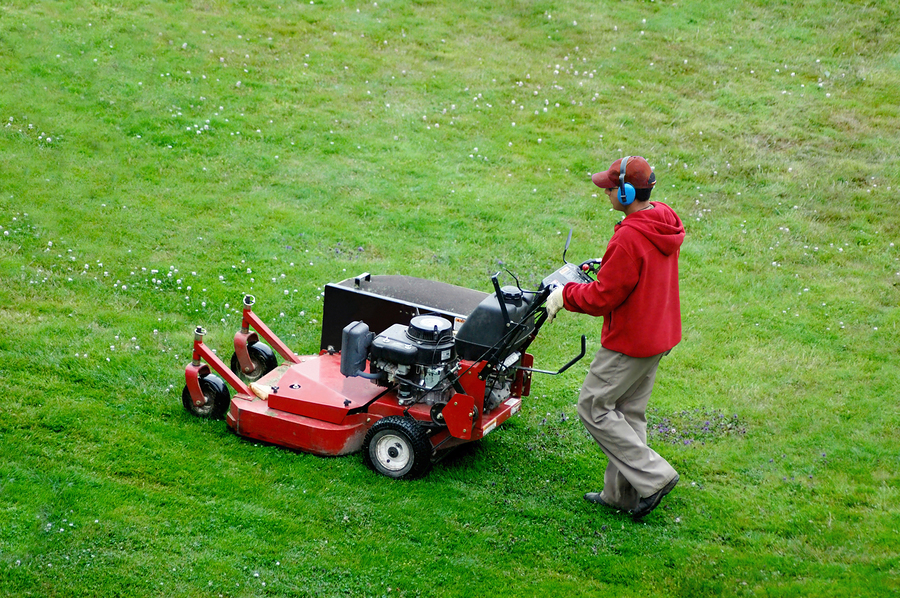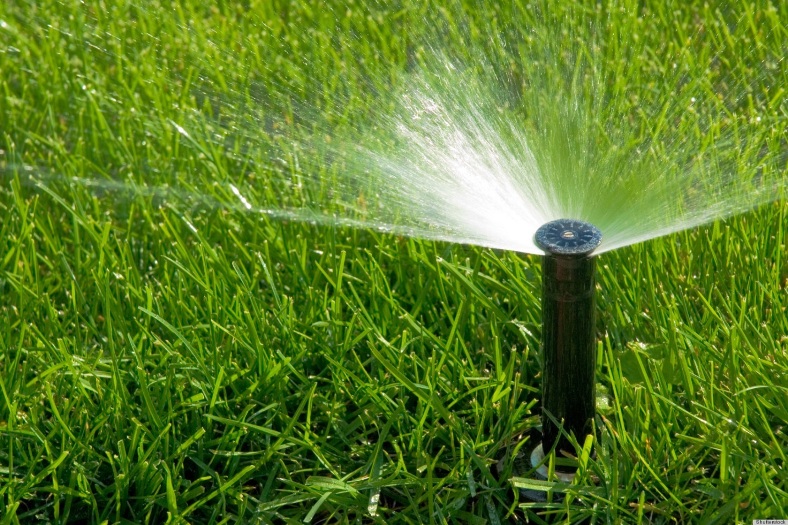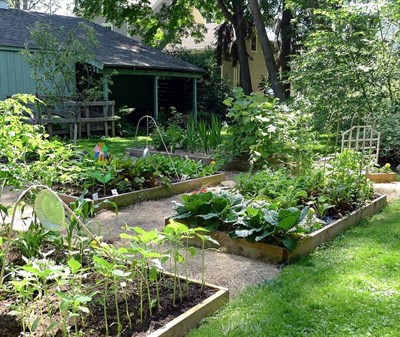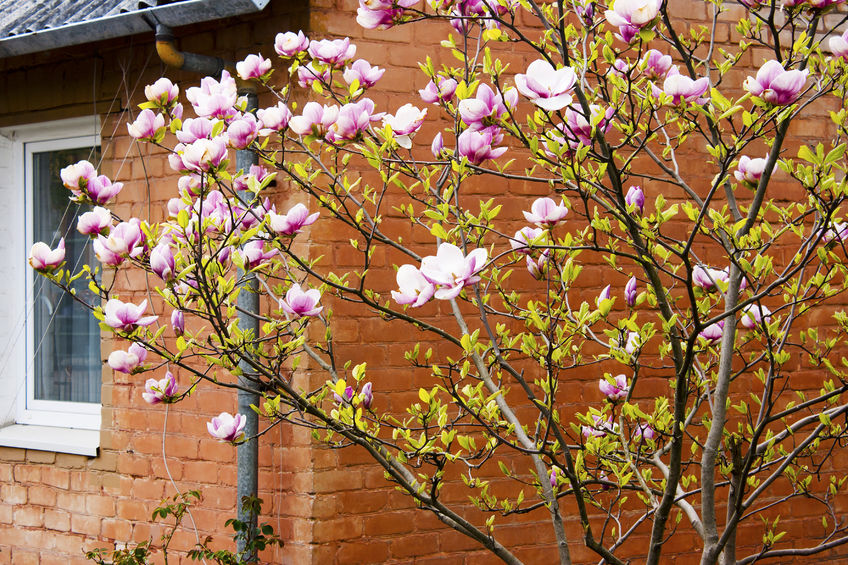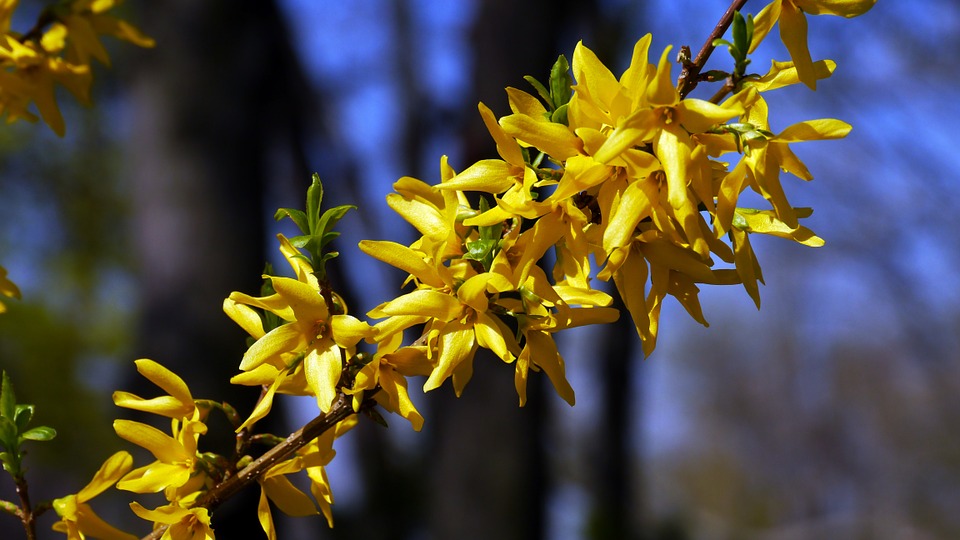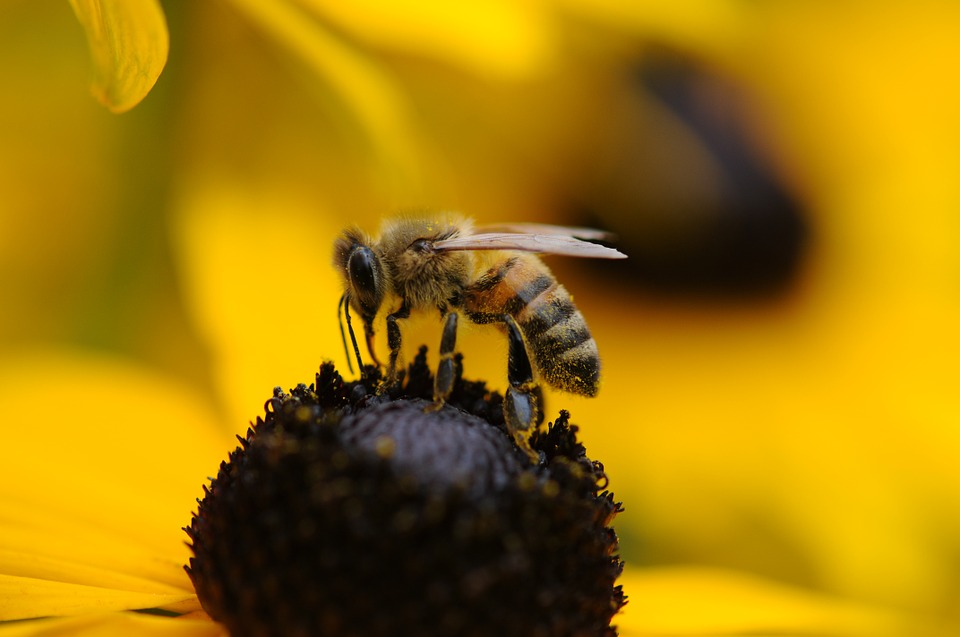In today’s increasingly uncertain world, it’s more essential than ever to be self-sufficient, especially when it comes to food. Growing a survival garden is a skill that can literally save lives. While there are countless guides and manuals out there, one resource that recently caught my attention is the lost superfoods. It not only mentions some vital superfoods to incorporate in your garden but also details the ancient preservation methods our ancestors relied upon. If they could survive tough times without a fridge, we surely can too.
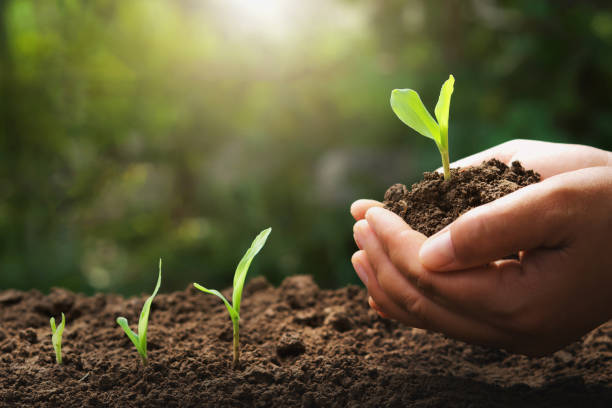
Content
Why is a Survival Garden Important?
- Economic Fluctuations: In the age of inflations and recessions, having a survival garden provides an alternative food source, saving money in the long run.
- Emergency Situations: In crises like the pandemic, grocery stores can run out of essentials. A survival garden ensures you have access to fresh produce.
- Health Benefits: Freshly harvested vegetables and fruits are packed with nutrients.
Key Elements of a Survival Garden
Choosing the Right Plants
When planning a survival garden, prioritize plants that provide high yields, have nutritional value, and can be preserved easily. Think potatoes, beans, squash, and corn. Also, incorporate some of the superfoods mentioned in the lost superfoods book to ensure a balanced diet.
Ancient Preservation Techniques
Preservation ensures that you have food stocks during off-seasons. Ancient methods like fermenting, drying, and smoking have been tried and tested over generations. Interestingly, our ancestors employed 5 ways of preserving food without refrigeration. You might be surprised at how simple yet effective these techniques are!
Natural Pesticides
The last thing you’d want is pests destroying your hard work. Instead of reaching out for chemical pesticides, opt for natural alternatives. Companion planting, for example, can help keep pests at bay. Plants like marigolds deter pests, ensuring your crops remain healthy.
Knowledge is Power
Equip yourself with the right knowledge. Join local gardening groups, invest in books like the lost superfoods, and read up on ancient civilizations. Surprisingly, ancient civilizations have influenced modern society in numerous ways, and understanding their techniques can provide insights into more sustainable gardening.
In Conclusion
Growing a survival garden is more than just sowing seeds and watering plants. It’s a commitment to self-sufficiency, understanding the needs of your plants, and continuously learning. With the right knowledge, a touch of patience, and some elbow grease, you can ensure that your garden not only survives but thrives, providing food security for you and your loved ones. And remember, in uncertain times, it’s always better to be prepared. So why not start your garden today?
Organic Soil Preparation
One of the foundational elements of any successful garden, especially a survival garden, is the quality of the soil. It’s essential to remember that the plants draw their nutrients from the soil, and if it’s lacking, the produce will reflect that. Begin with testing the soil in your chosen plot. This will provide insights into its pH levels and nutrient density. To make your soil more fertile, incorporate organic matter like composted vegetable scraps, aged manure, or worm castings. Over time, practices such as crop rotation and green manuring can maintain and enhance soil fertility, ensuring that your plants have the best ground to grow in.
Natural Water Conservation Techniques
Water is life, especially for a thriving garden. However, depending on your location, water might be scarce or access might be limited. In such scenarios, learning natural water conservation techniques can be a game-changer. Methods like mulching, using swales, or planting in waffle beds help retain soil moisture. Another effective method is rainwater harvesting. By collecting rainwater in barrels or larger collection systems, you not only conserve precious resources but ensure that your plants get natural, untreated water. Always remember to water your plants during the cooler parts of the day, either early morning or late evening, to minimize evaporation.
Complementary Planting and Symbiotic Relationships
Beyond just planting for food, it’s wise to understand the relationships between different plants. Some plants, when grown together, can enhance each other’s growth, deter pests, or improve the soil quality. This is known as companion planting. For instance, beans, when grown with corn, fix nitrogen in the soil, which corn, a heavy nitrogen feeder, utilizes. Similarly, herbs like basil can repel mosquitoes and flies when planted near tomatoes. Such symbiotic relationships not only maximize the yield but also reduce the dependency on external products like fertilizers or pesticides. By observing and understanding these relationships, a gardener can truly harness the power of nature in their favor.

I am Scott Miller and my love is writing about home improvement. I write mostly about home ideas, but also share some tips and tricks that can make your life easier when it comes to getting things done in the house.

